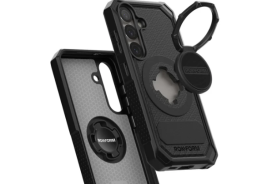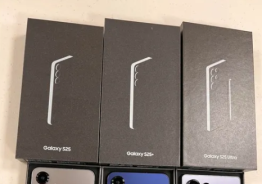If you ever wished for Superman-like abilities to see through walls, it might just become a reality. Researchers at the University of Texas has designed a new imaging chip that could invest cell phones with X-ray capabilities, enabling users to see through walls, wood, paper and other objects.
The UT-Dallas team says its research involves two great scientific advances: the first one taps into an unused range of the electromagnetic spectrum, while the other is a new microchip technology.
How it Works
The researchers managed to tap into the terahertz band of the electromagnetic spectrum. The terahertz band is a wavelength range between microwave and infrared, and has not quite been accessible for consumer devices. This new approach would allow images to be created with signals in the terahertz range, without requiring several lenses inside a device.
"We've created approaches that open a previously untapped portion of the electromagnetic spectrum for consumer use and life-saving medical applications," said Dr. Kenneth O, professor of electrical engineering at UT Dallas, in a statement. "The terahertz range is full of potential that could benefit us all."
The second advance, the new microchip, uses Complementary Metal-Oxide Semiconductor - CMOS - technology, which is the basis of most of the electronic devices currently available on the market. "The combination of CMOS and terahertz means you could put this chip and receiver on the back of a cellphone, turning it into a device carried in your pocket that can see through objects," Dr. O explained.
Privacy Concerns
The terahertz spectrum can penetrate through ceramics, cardboard, masonry, plastic, clothing, paper, wood, fog, and even clouds, though it cannot penetrate metal or water. Being able to see through clothes is probably the dream of every teenage boy in the world, and hence, Dr. O, who led this research, is concerned about the creepy purposes the technology would be used for. "The major concern for this technology is privacy, so we've made it that you need to place the imaging device very close to the object you are looking at," said O. "We are talking about a distance of 10 centimeters, so it would be very difficult for someone to sneak up on you and...you know."
Potential Applications
Such technology could offer endless benefits, not just for taking funny pictures but for serious issues as well. "Consumer applications of such technology could range from finding studs in walls to authentication of important documents. Businesses could use it to detect counterfeit money. Manufacturing companies could apply it to process control," details the statement. "There are also more communication channels available in terahertz than the range currently used for wireless communication, so information could be more rapidly shared at this frequency. Terahertz can also be used for imaging to detect cancer tumors, diagnosing disease through breath analysis, and monitoring air toxicity."
The team of researchers at UT-Dallas is now working to build a functional imaging system based on the CMOS and terahertz advances, but there is no mention of when the technology might be available for consumer devices.
(reported by Alexandra Burlacu, edited by Surojit Chatterjee)
© Copyright 2025 Mobile & Apps, All rights reserved. Do not reproduce without permission.












